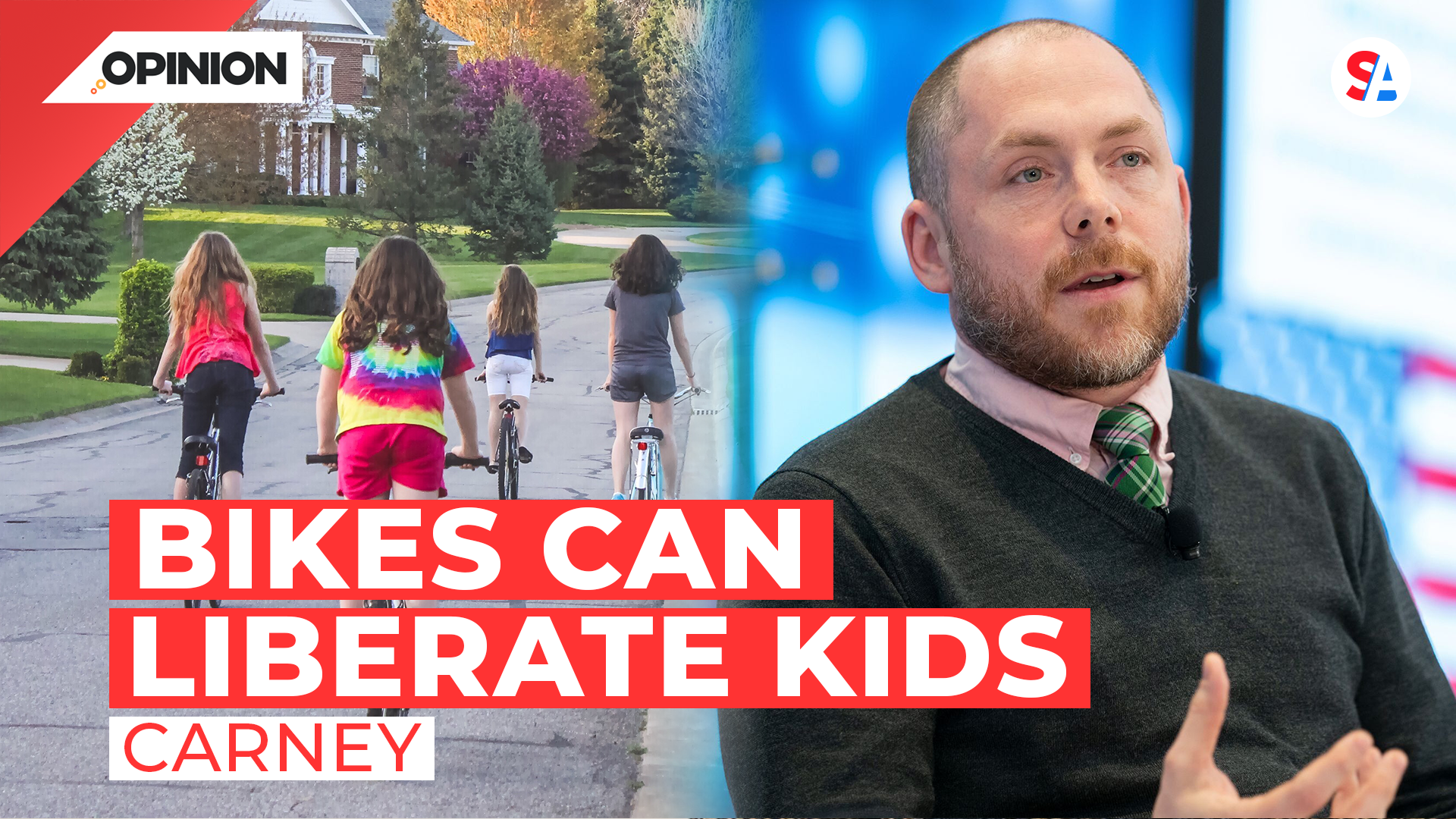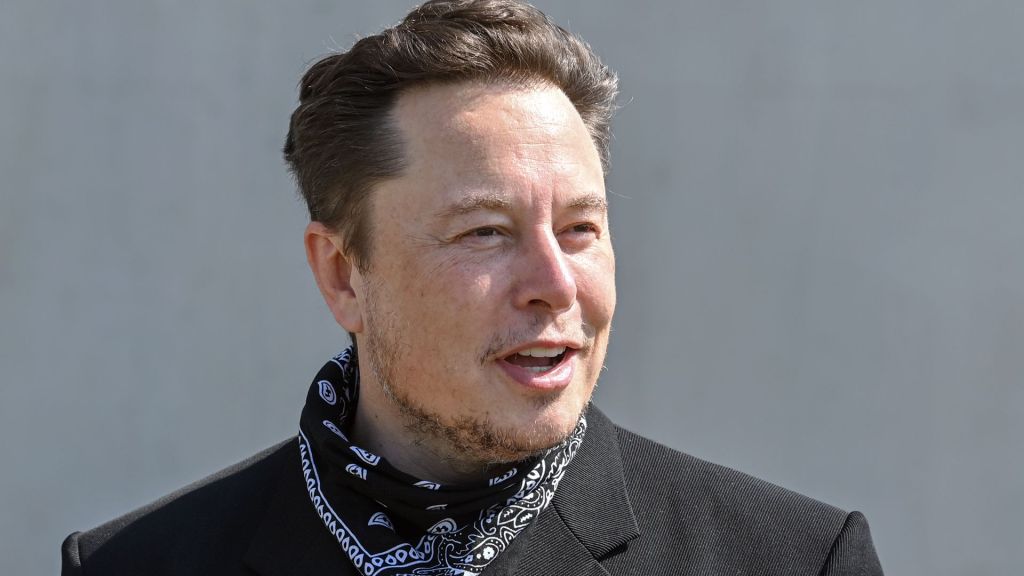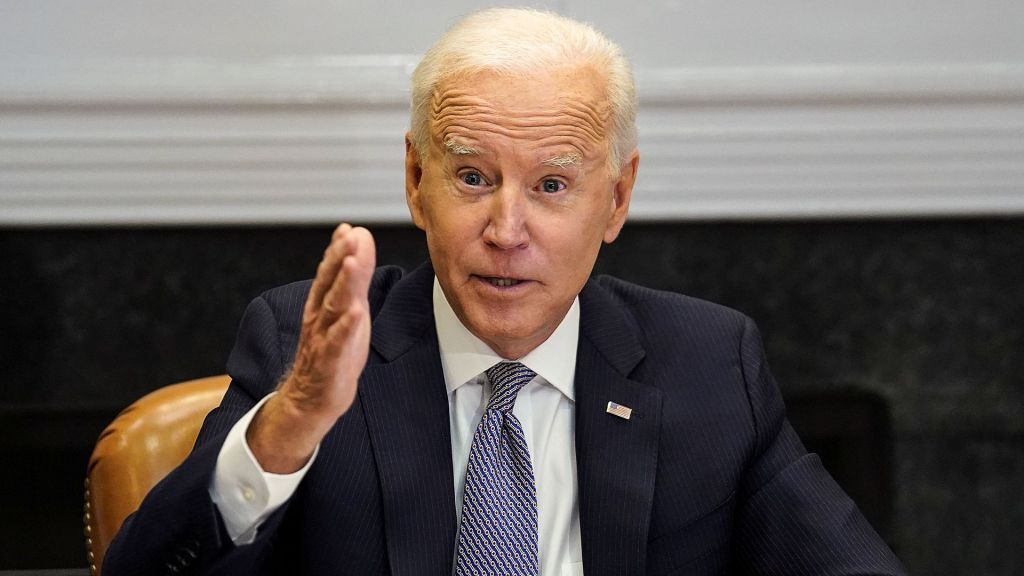
Commentary
-
Our commentary partners will help you reach your own conclusions on complex topics.
Walkability. Bikeability.
If a politician or commentator uses those word in America today, he or she is probably a liberal. But conservatives ought to care about walkability and bikeability too. The cyclist lobby was on Capitol Hill this Spring pushing the pro-bike cause. Their agenda included a federal tax credit for battery powered e-bikes.
Now, that makes no more sense than tax credits for electric cars. The tax code should not favor expensive electrified bikes over other purchases a family might make. But the other item on the bike lobbyists’ agenda was a policy proposal that conservatives should embrace: Using federal transportation money to build better and safer infrastructure for bicycles.
Millions of Americans ride bikes. Some ride bikes just for exercise. Others use their bikes to get to work or go shopping. These activities may or may not appeal to you, but how about a family bike ride, where Dad takes the kids out on a Saturday outing?
Or better yet, take Mom or Dad out of the picture. If you are Gen X or older, you probably remember the days of your youth, wandering around the neighborhood on foot or on bike until the street lights came on. These days kids walk much less than we did, and they bike less, too. Take getting to school, for example. In 1969, more than 40 percent of American school kids walked or biked to school, according to survey data. By 2016, that number was about 10 percent. Today, parents are stuck taking kids everywhere they want to go. That is not pro-family.
Improved bike and pedestrian infrastructure is pro-family because it liberates kids. It makes it easier for Susie to get herself to soccer practice, or Joey to roam the town with his buddies. We should be doing whatever we can to make parenting easier these days — liberating kids will liberate parents.
Why should the government be involved? Because transportation infrastructure is inherently a governmental responsibility. Just as governments pave roads, and lay train tracks, they also pave sidewalks and paint crosswalks. Bike lanes and bike trails fit into this network of thoroughfares that different people use to get around. Making these trails safer is a legitimate government role. That could include building connectors between different trails or making safer crossings over major roads. It could include more robust dividers between car and bike lanes.
More governments should be spending more for pedestrians, too. I live in the suburbs outside of Washington, D.C. Many blocks have no sidewalks at all. Many roads are wide and fast, and the crosswalks are few and far between. That’s a world built for cars and a place built for cars is not built for humans. Which is why, in my old Wheaton-Glenmont neighborhood, pedestrians regularly were hit and killed by cars.
Even if you don’t care about curbing carbon emissions, and even if you love driving your car, you should want to spend our transportation money on making it safer for kids and adults to get around on foot and on bike, because it’s good for community and good for families.
-
Subsidizing demand won’t fix real problems
The Biden administration recently announced an initiative to cap child care copay expenses for approximately 100,000 low-income working families in the United States. Instead of paying set fees, those families will pay 7% of whatever their total income is as a copay for the government-subsidized daycare program. The program also hopes to fully cover all…
-
America’s baby bust portends tough times ahead
In 2007, Americans welcomed approximately 4.3 million babies. But following a decline in birth rates during the Great Recession, birth rates have not recovered. Over the past 15 years, the number of U.S. births has decreased annually, with the most recent 12-month period on record indicating only 3.6 million babies born. Straight Arrow News contributor…
-
Inflation is still too high and Biden is still to blame
Democrats are busy celebrating a consistently strong economy under President Biden, citing shocking GDP growth and record-low unemployment. Republicans are responding to the celebration with concerns about rising living costs, housing unaffordability, and continuing inflation. Straight Arrow News contributor Tim Carney points out that many Americans feel left behind by “Bidenomics” and argues that they…
-
College just got much pricier for American families
American colleges and universities are among the very best in the world. They are also notoriously expensive, with many graduates working for decades to pay back their college loans. But for many new students and parents hoping to help their children pay for college, tuition just became even more expensive, thanks to a new federal…
-
Hunter Biden’s tax evasion charges not the worst part of controversy
On Dec. 7, Hunter Biden was indicted on nine tax charges in California, relating to over $1.4 million in taxes owed between 2016 and 2019. While the back taxes have been settled, a potential conviction could result in a maximum 17-year prison sentence for the president’s son. On Dec. 13, House Republicans voted to formalize…
Latest Opinions
-
 AP Images
AP Images
Argentina asks to join NATO as Milei looks to enhance security, strengthen ties
-
 Getty Images
Getty Images
Utah students protest 'furries,' school admin deny problem
-
 Reuters/Jane Rosenberg
Reuters/Jane Rosenberg
Trump’s ‘hush money’ trial: Legal experts debate name coined by media.
-
 AP Images
AP Images
Black Chicagoans feel neglected as millions funneled to migrant crisis
-
 Envato
Envato
Congress wants to curtail ‘judge shopping.’ Can it act before the election?
Popular Opinions
-
In addition to the facts, we believe it’s vital to hear perspectives from all sides of the political spectrum.


